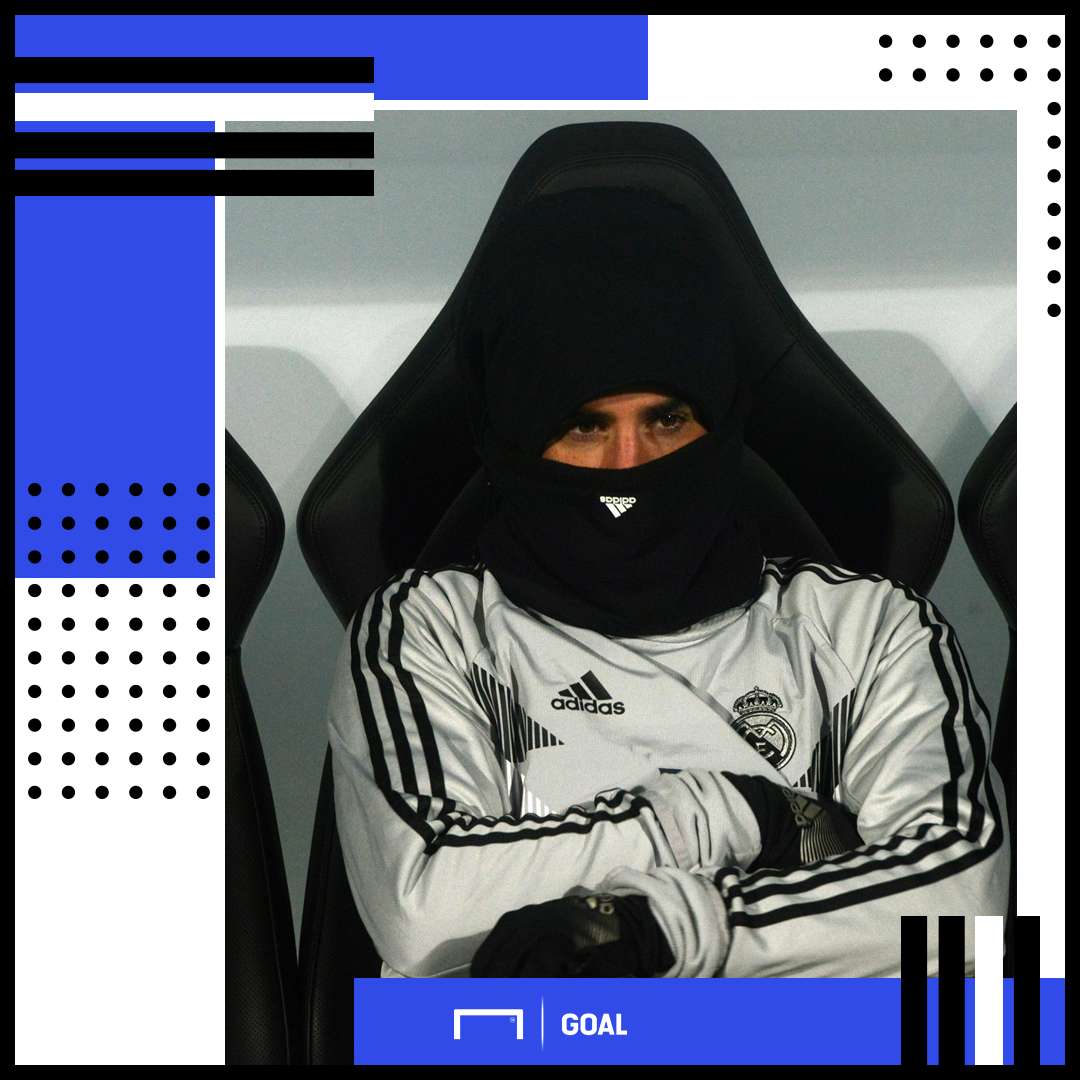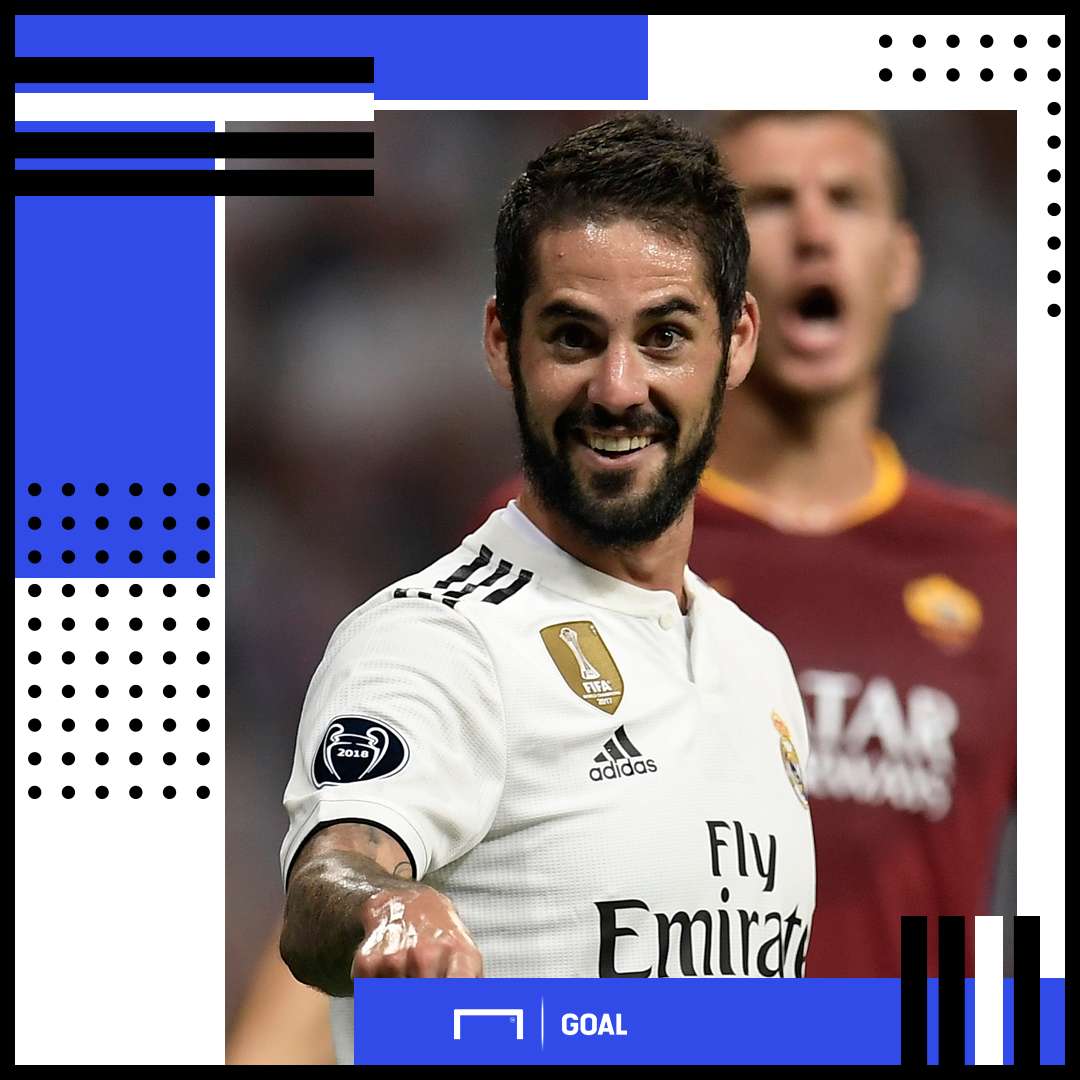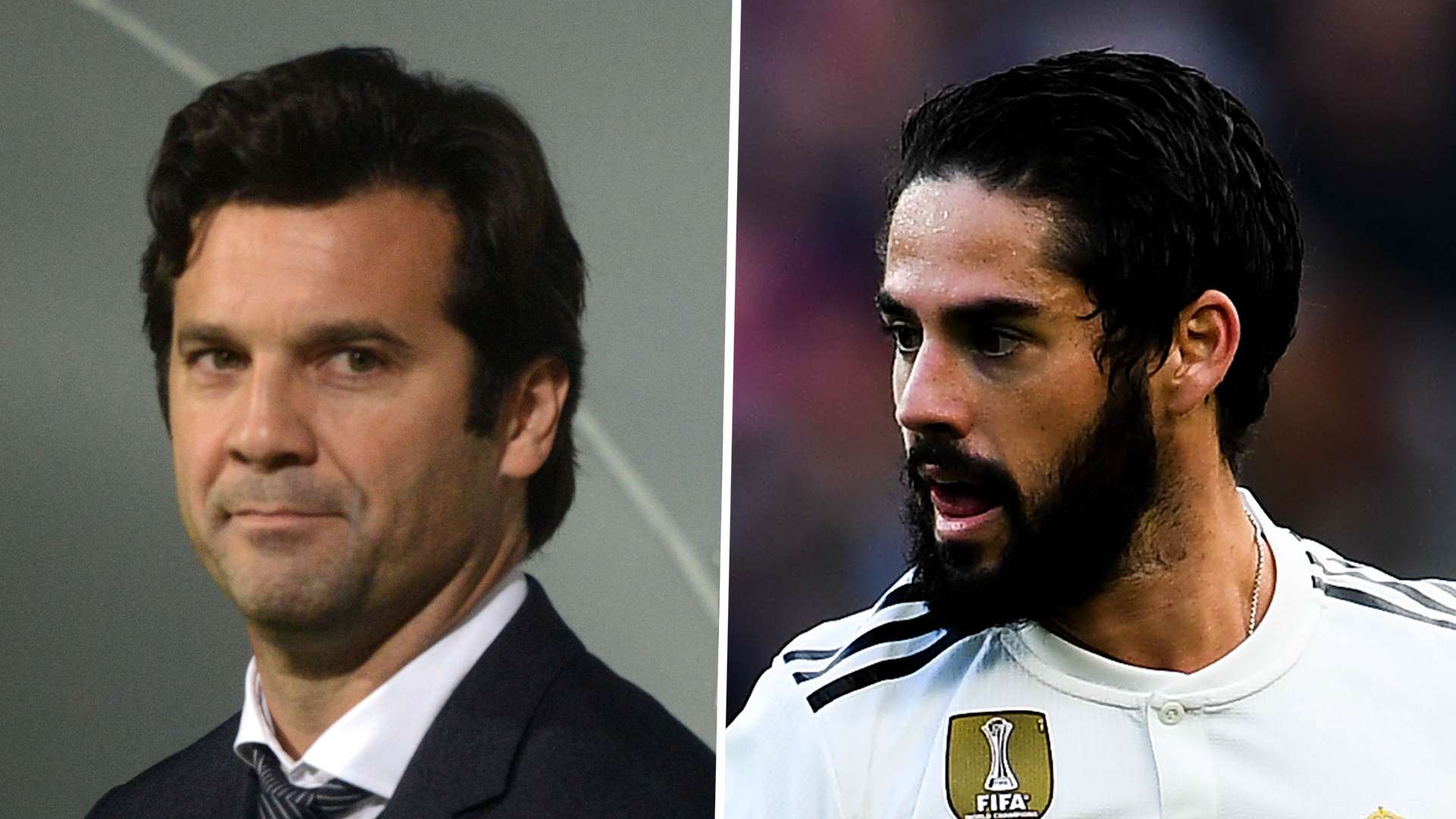As a 17-year-old star of the future at Valencia, Francisco Román Alarcón Suárez (Isco), was described by his then manager, Unai Emery, as the player that would become the club’s new David Silva.
However, less than two years later, in July 2011, and after just seven appearances in Los Che’s first team, the 19-year-old returned to Andalucia, the place of his birth, to join Malaga, after they agreed to pay his €6 million buy-out clause. At the time, it was considered a big fee for an unproven teenager.
Isco, for his part, felt that he had not been given sufficient opportunities to shine at Mestalla. Emery felt differently.
In his book, 'Winning Mentality – the Emery Way', the current Arsenal boss described Isco as "a footballer with a certain indiscipline and a tendency to put on weight."
In reality, Emery held Isco in far higher esteem than that remark implied. Indeed, he was planning to gradually introduce the youngster – along with Paco Alcacer – into Valencia’s first team.
Indeed, in the summer of 2011, Emery told Isco’s father and the player’s agent that the attacking midfielder would play a pivotal part in the coming campaign. Isco was to be charged with the responsibility of filling the void left by Silva, who had departed for Manchester City the previous year.
Unfortunately, these negotiations coincided with Valencia's dreadful financial crisis and Malaga’s bid for a 18-year-old with limited first-team experience was too good to turn down.
The move was also a no-brainer for Isco, both from a sporting and financial sense, as it meant more money and more game time. And in his native Andalusia too.
Isco hit the ground running at Malaga and his success was often used as a stick with which to beat Emery. In reality, though, the decision to sell Isco was Valencia’s – not Emery’s.
Regardless, what followed was a wonderful two-year stint at La Rosaleda which led to Carlo Ancelotti making Isco his first signing as Real Madrid coach, in 2013.
Now, five years and five managers later, Isco finds himself in and out of the big games under Santi Solari, out of the main pecking order and on the fringes at the Santiago Bernabeu.
 Getty/Goal
Getty/Goal
And whose fault is it? His or his paymasters? As always, the answer is not a simple one.
His preferred 'mediapunta' position– effectively the No.10 that plays just behind the main striker – is unworkable in a 4-3-3 system and this was always an issue for him in the past when the form of Gareth Bale, Cristiano Ronaldo and Karim Benzema up front made it difficult to accommodate Isco.
Ronaldo may be gone but Real Madrid still have Marcos Asensio, who many at the club see as the future, so, once again, Isco is in a fight to prove his worth.
Indeed, Isco has started Real’s last three games on the bench. Worryingly, though, Asensio was also a substitute for Madrid’s last two fixtures.
His relationship with the media - or rather the lack of it - hasn't helped his cause much either and he has always been quick to express his discontent on social media rather than speak directly to those that he clearly perceives as the enemy.
But those close to him have a different understanding and interpretation of what makes him tick and just where he is at the moment, both mentally and physically.
A recent appendicitis operation was followed by a return to training which some feel came about before he was 100 per cent recovered. An absence precipitated by an invasive operation rather than a straightforward injury inevitably led to a dip in his fitness level simply because the nature of the procedure meant he was unable to do any type of exercise (gym-work, bike, light running) during the six weeks he was out of action.
It will now fall to Solari to get the best out of the prodigiously talented Isco. First, though, he needs to assure himself of two things, namely that the player fully fit and, secondly, that Isco can adapt to his system.
The old adage says that talent always succeeds but the 'mediapunta' is being used less and less in top level football at the moment and even the likes of David Silva – the man currently shining at Manchester City and the player he has been compared to so often – is now playing more as a conventional midfielder.
Isco's main strengths are his vision, his skill on the ball and his creativity when playing between the lines. What he is now being asked to do is expend more energy further away from the creative end of the pitch.
 Getty/Goal
Getty/Goal
Those close to him, however, feel that using him as just another midfielder and asking him to perform tasks that less talented players could carry out is simply a waste of his ability. Would Barcelona and Spain, they say, have got the best out of someone like Iniesta if he had been compelled to play that way? Isco will always perform better the closer he is to his opponents’ goal.
So what will happen next? Could he leave Real if he fails to get the playing time he believes his talents deserve?
His lack of game time has predictably has set transfer tongues wagging and the media have linked him to Manchester City. Manuel Pellegrini, his former coach at Malaga, would certainly have welcomed him to the Etihad before Real Madrid bought him but he has not been as coveted since Pep Guardiola took over.
City, under Pep have always employed a 'horses for courses' transfer policy that aims to bring in specialist players to play specific roles and Isco’s slightly indefinable game means that he is no longer on the club's wish-list.
Sources close to him tell me that he is currently committed to getting himself back to 100% fitness and are confident that when that happens, he will re-establish himself as a regular starter.
Now aged 26 and in his sixth season with the club where he has won four Champions Leagues and one La Liga title, Isco has a clear idea of where he wants to be.
For the time being, potential suitors should know that Francisco Román Alarcón Suárez has absolutely no intention of making anywhere other than the Valdebebas Park training facility on the outskirts of Madrid to continue his reintegration into Madrid’s starting 11.




